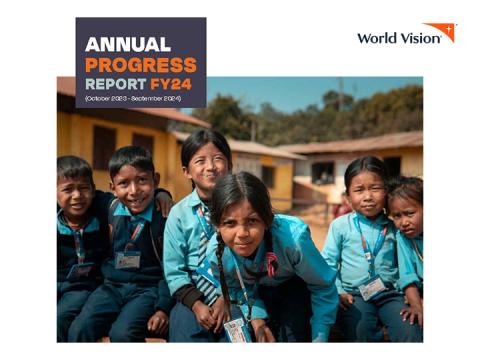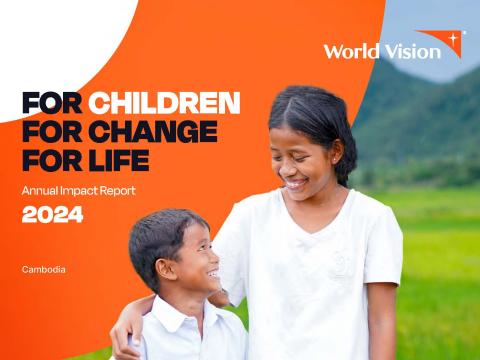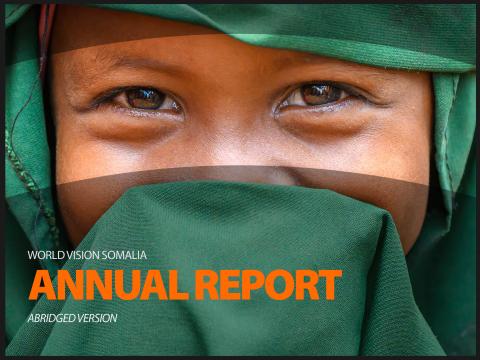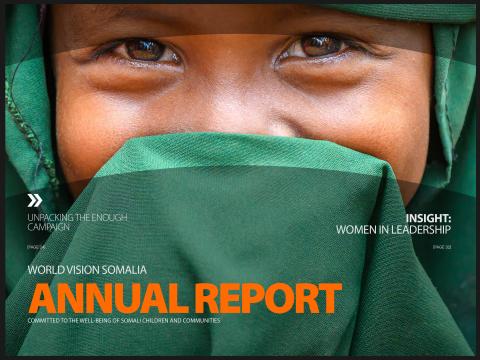Adolescent Lit Review for HIV Resources-Desk Review
DownloadOf the 35 million people worldwide living with HIV, nearly 5 million are young people aged adolescents aged 10 to 24 years. More than 80% of the world’s HIV-positive adolescents (ages 10-19) live in sub-Saharan Africa, and in some countries more than 80% of new infections among adolescents aged 15-19 are among girls. Adolescents are placed at risk of HIV through early sexual debut, multiple partners, lack of condom use, transactional or coerced sex, inter-generational sex, sex under the influence of alcohol or drugs, and injecting drug use. Girls and young women face particular risk due to less access to sex education, unequal gender norms, inability to enforce condom use, and risk of coerced, forced, and age-disparate sex. While significant declines in HIV and sexual risk behaviors were seen among adolescents in a number of countries during the 2000s, adolescents continue to be infected at high rates, to lag behind other age cohorts in terms of treatment access and adherence, and to experience greater HIV-related mortality.
The objective of this literature review was to review the evidence for interventions which address HIV risk among young people aged 10 to 24 years in low- and middle-income countries. Interventions were included which attempted to show impact on one of the following four areas: 1) transmission of HIV and other STIs; 2) support of HIV treatment for young people living with HIV; 3) sexual behavior change including delayed sexual debut, abstinence, partner reduction/faithfulness, and condom use; and 4) gender-based violence including forced sex, sexual violence, inter-generational sex and transactional sex. In total, 84 articles were reviewed, and categorized according to the following modalities: 1) health systems and facility-based approaches; 2) community-based provider-led approaches; 3) health behavior change communication approaches; and 4) integrated and multi-sectoral socio-economic approaches. A number of articles were also included in this review which addressed family and parental influence on youth sexual behavior, or HIV prevention interventions which addressed parent-child relationships or communication.



